By: Thorsten Overgaard. November 11, 2015.
Add to Flipboard Magazine.
Some times I see out the corner of my eye a person taking a photograph and then hurry off. They often have this wondering look just after they took the photograph, as if they saw something but aren't quite sure.
What the person who took the quick snap and hurried off didn't realize was that I wasn't standing there just to smoke a cigarette or waiting for someone. I was waiting for the photograph, and sometimes I will wait for quite a while. Sometimes I will come back the next day at the same time and wait some more.
Pictures are compositions, and composition basically means to "put things together".
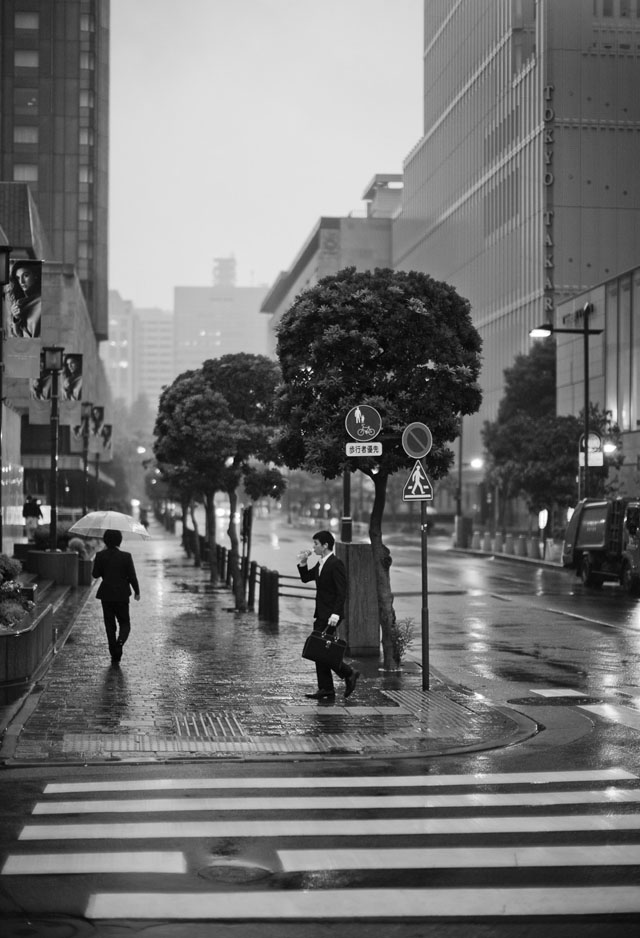
Yesterday morning 7:00 AM in Tokyo when I went out to walk and smoke a cigarette. It was raining quite a bit and I saw this stage for a photograph. I was lucky that I could stand under a bridge where the rain couldn't get to me, so I spent five minutes taking photographs of this scene whenever people, bicycles or cars made some sort of pattern. Later, when I came back, I sorted through them and decided for this one as the one with the most interesting rhythm and atmosphere. Leica M 240 with Leica 50mm Noctilux-M ASPH f/0.95.
I see some elements of a photograph, and that is usually what makes me stop. Then you somehow prevision that it would be a really great photograph if that white van over there moved away and maybe there was some more people.
Then you decide that if you had some people in the front and maybe a bicycle or two in the background, that would really work well.
So what do you do?
You wait.
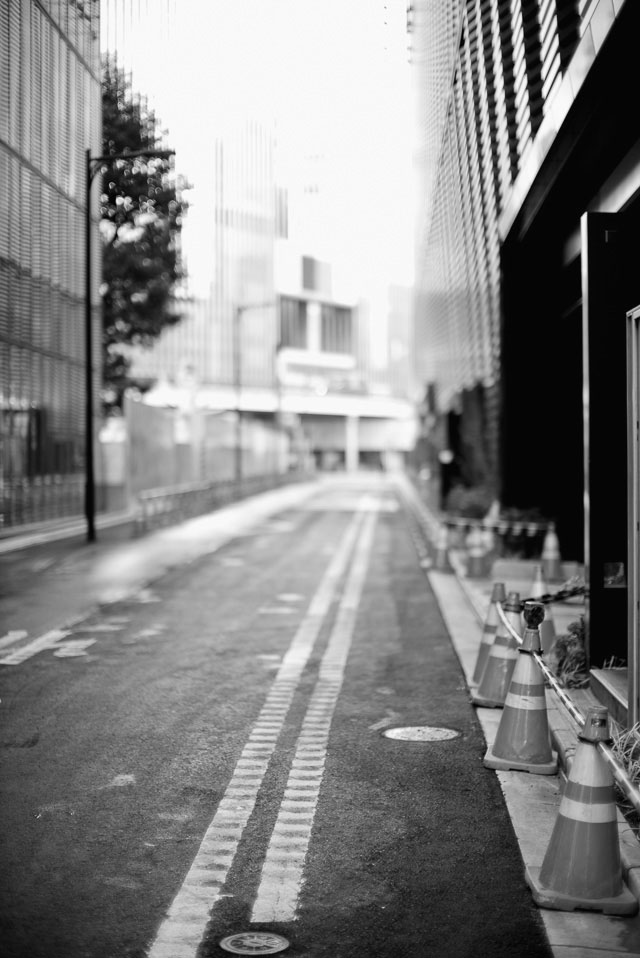
A perfect scene for a photograph in Tokyo. It's 7.30 AM and I waited for a few minutes for someone to walk towards me. Its a building site to the right, so everybody who walked towards me walked in through the door to the right before they arrived in the "spot" (by the orange cone that is in focus). So I skipped it, but I took this test frame to get the focus and light right. Leica M 240 with Leica 50mm Noctilux-M ASPH f/0.95.
| |
|
|
|
|
| |
Buy the new eBook
"A Little Book on Photography"
by Thorsten von Overgaard |
|
| |
|
|
|
|
| |

Order now - Instant delivery.
More info
★
★
★
★
★
★ |
|
It's a humorous understatement to call this
new eBook by Thorsten Overgaard for
"A Little Book on Photography".
It's a grand book, a history lesson, life experience, a biography and poetry book and brilliant photo book!
All in one beautiful package of 180 pages
to fire you up and get you to love
photography ... unconditionally!
"A Little Book on Photography"
eBook for computer, Kindle and iPad.
New release March 2017.
Intro price only $47 - 180 pages.
| |
|
|
| |
Buy Now

Instant Delivery |
|
| |
|
|

|
|
| |
|
|

I have on my bucket list to make some photos that show the great amount of people living in Tokyo. I've been photographing portraits and atmosphere for a magazine the last two days, and now I have to find that scene that show the amount of people. This is an attempt in a not-as-busy-as-I-would-like-it station in Tokyo. I waited by the exit and when I could hear a train arriving above, I knew I would get an amount of people going through this exit (which is my stage). I didn't have enough people at this time of day, but I somehow find the alignments of suits, repetition of things (rhythm) pleasing. I don't see this alignment and then take the photo. I take photos when a mass of people leave and then later I can see if it aligns or the types of people and expressions make the photo work. A lot of photography is predicting, crossing your fingers and then later see if you got what you hoped for. Leica M 240 with Leica 50mm Noctilux-M ASPH f/0.95.

Advertisement:
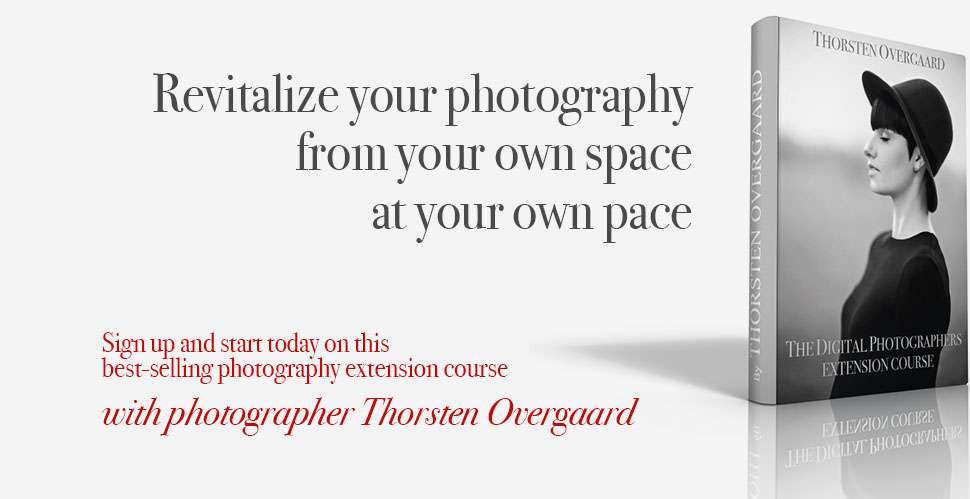

What is a photograph?
For some a photograph is something happening, some sort of gesture. For me it is mostly light as the first element that catches my interest. The fundamental for a good photo. But in the majority of cases the great photograph involves some waiting.
I came across this documentary about Elliott Erwitt in Scotland the other day. Elliott Erwitt is known for photographs where something is happening; like an expression, a coincidence, two people giving each other a look as they pass by.
You would expect that that type of photographs happen really fast and that the photographer was really fast snapping the photo.
One of the most interesting moments in the short documentary is where you can basically see in slow motion how Elliott Erwitt is composing the photograph mentally (in four-five stages) or so before he brings the camera to the eye.
The composition seldom happens in the viewfinder. You see something first and then try to figure out where to position yourself to capture that. And then you wait (or act really fast).
He actually says in the documentary that he "Find the frame and wait for something to happen."
That's what happens when you walk down the street. You see the frame or the stage where a great photograph could happen
I think that what I really wanted to say was that a good photograph doesn't just happen. You have to be ready, and often the way to do it is simply arrive early and wait for the elements of the composition to be in place. That goes for elements such as people, the sun and shadows, a certain sparkle of light, or in another type of photograph, for the two exact right people to be in the photo and make an interesting gesture.
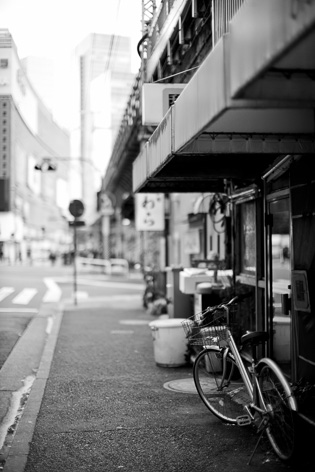 |
|
 |
| A stage |
|
... and then some action |
Always wear a camera
When I walk around, I often see something that could be a great photo. The easiest is to take the photo then and there, but if you are in a hurry or didn't bring a camera, you have to make a mental note that at this spot at this and that time, with this kind of weather, it's a great photograph to happen.
As Woody Allen said, 80% of success is showing up.
I hope this inspired you to take your camera with you when you walk out to buy milk, or making sure you have it ready over the shoulder even when you are carrying three bags and a baby through a train station. As always, feel free to mail me with questions, ideas and suggestions at thorsten@overgaard.dk
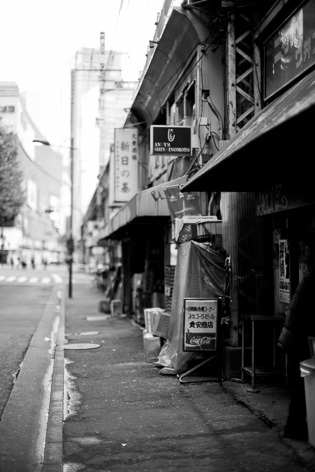 |
|
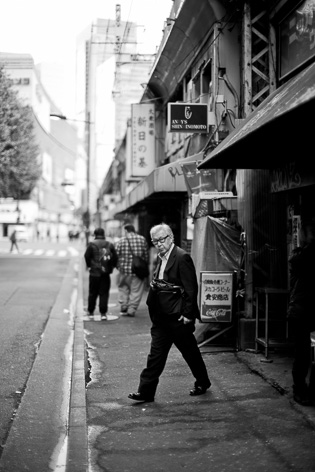 |
| A stage |
|
... and then some action |
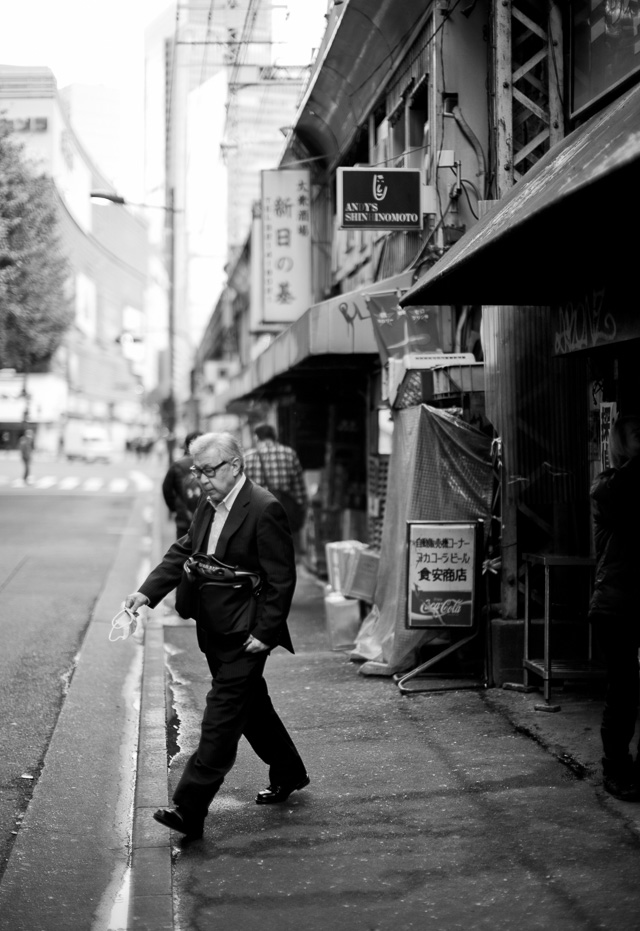
Tokyo. Leica M 240 with Leica 50mm Noctilux-M ASPH f/0.95.
| Thorsten Overgaard, November 11, 2015 |
![]()
